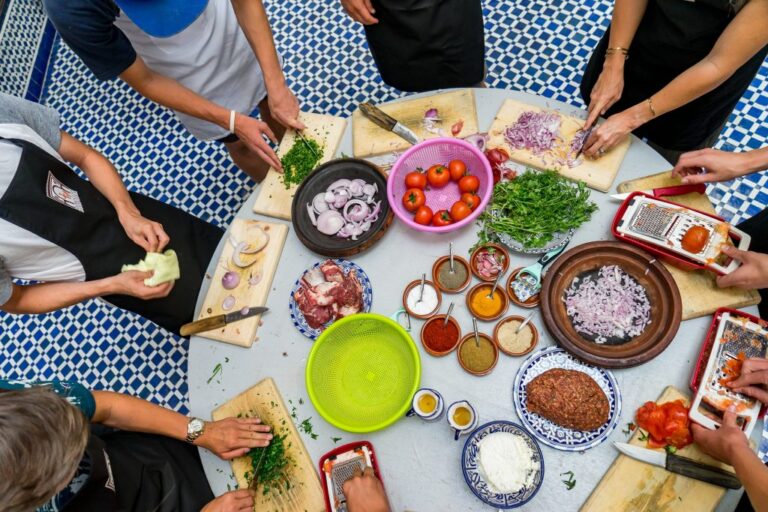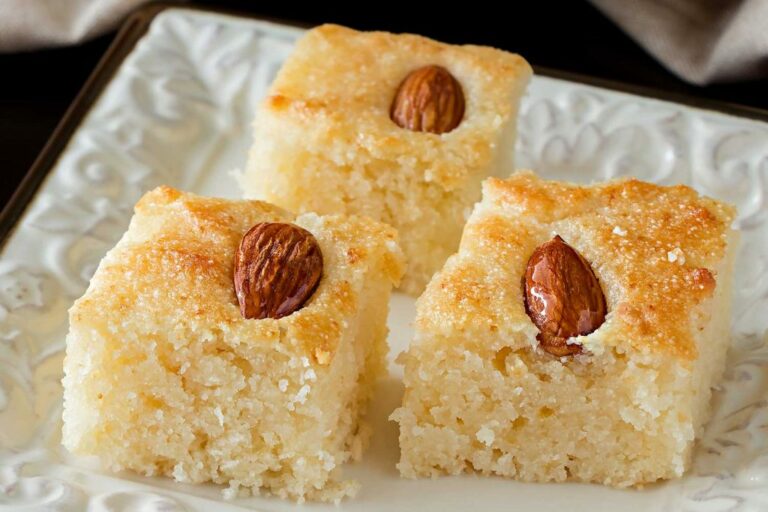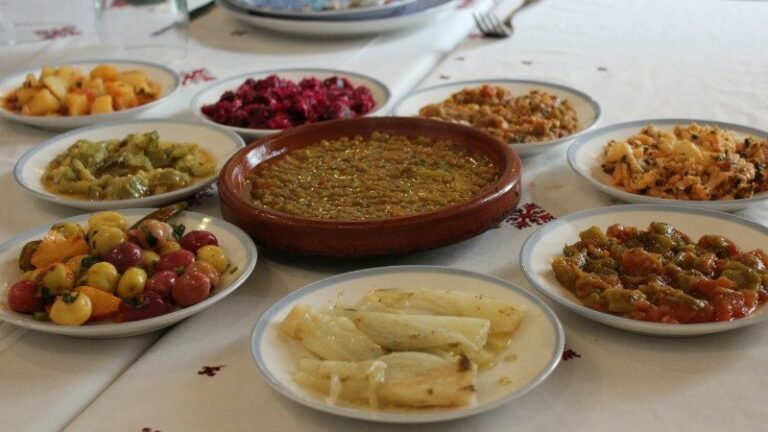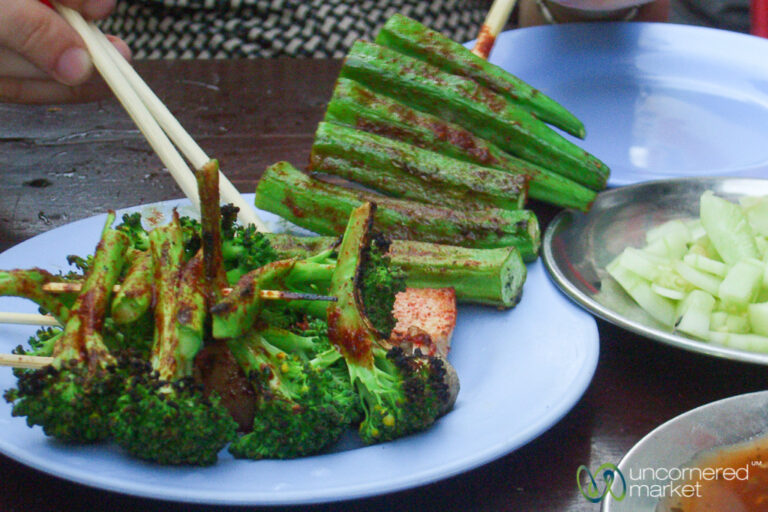Introduction: Understanding Fermented Foods
Fermentation is ancient food preservation technique that has been used for centuries across the globe. Fermented foods are made by adding microorganisms such as bacteria, yeast, or fungi to food, allowing them to break down the natural sugars and convert them into alcohol or acids. Fermented foods are not only flavorful but also have numerous health benefits, including improved digestion, nutrient absorption, and immune system function.
Moroccan Cuisine: A Rich Blend of Flavors
Moroccan cuisine is renowned for its rich blend of flavors and aromas, which are a result of the country’s long history of trading with different cultures. Moroccan cuisine is a fusion of Berber, Arab, Mediterranean, and Andalusian influences, resulting in a unique culinary experience. Moroccan dishes are often characterized by the use of herbs and spices such as cumin, coriander, saffron, and ginger, which add complex flavors to the dishes.
Fermented Foods in Moroccan Cuisine
Moroccan cuisine is not particularly known for its use of fermented foods, but there are some traditional dishes that use fermented ingredients. One of the most popular fermented foods in Moroccan cuisine is preserved lemons. Preserved lemons are made by soaking lemons in salt and lemon juice, allowing them to ferment over several weeks. Preserved lemons are a key ingredient in many Moroccan dishes such as tagines and salads, adding a tangy and salty flavor to the dish.
Another fermented food used in Moroccan cuisine is harissa. Harissa is a spicy paste made by fermenting chili peppers, garlic, and other spices. Harissa is commonly used as a condiment and can be added to soups, stews, and sauces to add heat and flavor.
Traditional Fermented Foods in Morocco
Apart from preserved lemons and harissa, there are some other traditional fermented foods in Moroccan cuisine. One of them is smen, a type of fermented butter that is commonly used in Moroccan dishes. Smen is made by fermenting butter over several weeks with salt and various spices, resulting in a tangy and savory flavor. Smen is used as a flavoring agent in many Moroccan dishes, adding richness and depth of flavor.
Another traditional fermented food in Moroccan cuisine is khobz, a type of sourdough bread that is made using a starter culture of wild yeast and bacteria. Khobz is a staple food in Morocco and is often eaten with tagines and other Moroccan dishes.
Health Benefits of Fermented Foods
Fermented foods have numerous health benefits due to the presence of beneficial bacteria, yeast, and fungi. These microorganisms help to improve digestion, nutrient absorption, and immune system function. Fermented foods are also rich in vitamins and minerals, making them a healthy addition to any diet.
Conclusion: Embracing the Flavorful World of Fermented Foods in Moroccan Cuisine
While Moroccan cuisine is not particularly known for its use of fermented foods, there are some traditional dishes that use fermented ingredients. Preserved lemons, harissa, smen, and khobz are all examples of fermented foods that add flavor and depth to Moroccan dishes. Fermented foods have numerous health benefits and should be embraced as part of a healthy diet.










